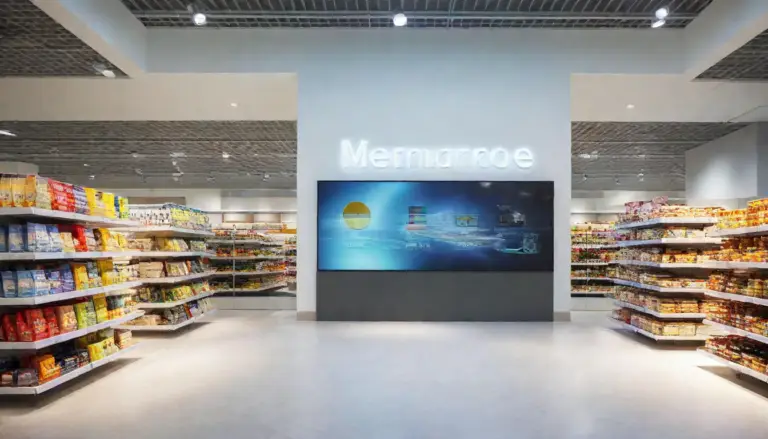By A. THERESE
Marketing is the lifeblood of any business, a fact that is fast becoming even more evident across a myriad of different industries. In fact, statistics gathered by Maryville University reveal that marketing-related skills rank among the top 10 in-demand skills for three years in a row now, with positions like market research analysts and marketing managers becoming even more important for businesses. What this points out is that the knowledge and skill to transition through different forms of media, especially digital signage solutions that enhance sales, is increasingly relevant.
Of course, marketing and digital signs are deeply intertwined. Digital signs create a more immersive customer experience, as Entrepreneur explains that digital signage can boost brand awareness by 47.7%, along with the average purchase amount by nearly 30%. And to create relevant signage that will prove to be an effective advertising tool, here are some marketing trends to take note of right now:
Short-form Video Content
In the world of social media, short videos rule over long ones. It’s why platforms like Vine and Tiktok grew in popularity while there are separate sites for longer content like YouTube. Short videos are especially crucial for Generation Z markets, who will surpass other demographics in numbers and buying power in the next few years.
Indeed, they respond to influencers more than any other type of celebrity too, so utilizing short-form videos with influencers on your digital signage might be an effective way of attracting them. Because the ongoing trend among younger generations is to create content with the potential to go viral, it’s important that a brand’s own content is also eye-catching and creative.
Interactive Content
Younger generations are used to touchscreens and expect responsive content. Interactive media has been an ongoing trend and the digital signage industry can find use for it. For instance, mixed reality technologies have been used in marketing campaigns. What interactivity does is produce more engagement, which is integral to digital signage, as discussed here in the ‘Top 5 Benefits of Digital Signage’. It can pique a customer’s interest and impact sales.
One example is the live version of the mobile phone game Angry Birds by T-Mobile, as seen in the video. Users can pick up a phone and play the game and see a live action version in front of them. Or this can be simple, like touchscreens for exploring a retail store. Not only will this create an attractive digital signage solution, it can also make your content more informative and useful.
Artificial Intelligence
AI’s use in marketing is expansive, but it’s been especially utilized in data analytics. Deep learning mechanisms can help make predictions as well as suggestions to deliver a more personalized experience, which can also apply to digital signage.
The Financial points out that AI can learn customers’ age, gender, mood and other specific details and enhance their retail experience. For example, AI-enabled screens can make clothing recommendations based on a person’s body type cross-referenced with your store’s inventory.
It’s clear that the latest technologies continue to transform every industry imaginable, including digital signage. Other than increasing visibility and brand awareness, digital signage has also become very user-centric with these developments. Keeping these trends in mind, businesses must place an emphasis on features that create a seamless customer experience, such as informative details, interactivity, responsiveness, and deep personalization.







